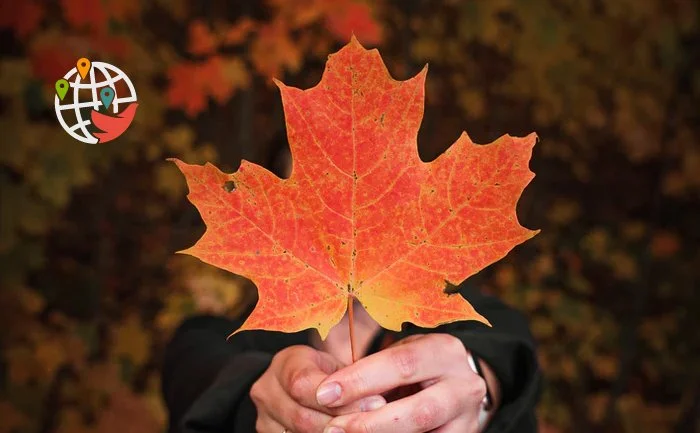Protests in Canada and other main news of the week

During the week of January 24-30, there were many positive and negative events in Canada.
Immigration selections
Canada held three immigration raffles in one week, inviting more than 1,600 people.
The province of Ontario called 1,032 professionals in working professions who had a profile in the Express Entry system. Such selections are quite rare. The province had a previous drawing in this category in June 2021. The workers who received invitations did not score very high.
British Columbia conducted the selection process in several streams at once. 289 invitations were sent to qualified professionals, low— and intermediate-skilled professionals and graduates of Canadian universities. This was the second draw in 2022, and the passing scores in the new selection were slightly higher than in the previous one.
Manitoba held the third drawing. It called 315 people from Manitoba's Skilled Trades, Skilled Trades Abroad and Canadian graduates. This, too, is the second selection that took place in the province this year. The passing scores for Manitoba professionals have gone up a lot, while those for overseas professionals have gone down a bit.
Working and studying in Canada
In Canada, immigration through education continues to gain popularity. It's one of the surest ways to move in 2022, as a new Statistics Canada study confirms. It shows that 250,000 people are in Canada each year on a student visa, with most of them successfully graduating and getting a work permit. Within 5 years of graduation, about 75% of graduates receive permanent residency in Canada.
But for those hoping to immigrate through the federal programs through Express Entry, the news is not good. A Department of Immigration and Citizenship Canada document has surfaced online stating that Canada is not making selections because it takes too long to process applications. There is a possibility that the number of people invited through Express Entry will be cut in half in 2022. At the moment, Express Entry has draws only for participants in provincial immigration programs.
Another reliable way to immigrate is to find a job in Canada. The number of applications for work visas is growing, and the Department of Immigration has decided to automate the processing of applications using an advanced data analysis tool. The system will determine if an applicant meets the requirements for a work visa and sort the applications by level of difficulty. The final decision to issue a visa will be left to visa officers.
It's not uncommon for job seekers to fall for scammers in their attempts to get a coveted job offer. Data from the Canadian Anti-Fraud Centre shows that in 2021 the number of victims of fraud doubled. When looking for a job, it's important to remember that employers cannot charge a job seeker any fees or paperwork.
The heroine of our recent interview, Aina, can also give us some good advice on living and working in Canada. She moved to Canada as an ordinary student with no money, and now she is one of the top 30 women entrepreneurs in the world. In the interview she told about her tough path of immigration and success in Canada: how she obtained the visa, was accepted to the prestigious university without finance, what were the barriers on her way to get the work permit, how she got the job in the top companies and opened her own business. Aina also shared her advice for first-time immigrants.
Restrictions and the international environment
Unfortunately, there are still some pandemic-related restrictions. In the U.S., new measures went into effect, prohibiting travelers from Canada from entering the country without a vaccine. Only Pfizer, Moderna and Johnson & Johnson are accepted. Canada had previously adopted similar measures.
Current restrictions make it difficult to enter Canada and the United States not only for tourists, but also for truckers who transport goods between countries. Despite the fact that most of them are vaccinated, some 32,000 drivers are unable to travel across borders. The truckers decided to go on strike, but it quickly turned into a national protest against restrictions and mandatory vaccinations. All week, truck drivers — vaccinated and unvaccinated — from across Canada drove to the capital city of Ottawa to stage a demonstration outside Parliament on January 29. We released a video from the scene. Everything went peacefully, but whether it will affect the measures remains to be seen.
The international situation is also turbulent. Canada continues negotiations with Ukraine over relations with Russia and is building military strength in Ukraine. The government has allocated funding to train the Ukrainian military and sent more Canadian servicemen into the country. The cooperation will last until 2025.
Alex Pavlenko, founder of the emigration portal Immigrant.Today





























